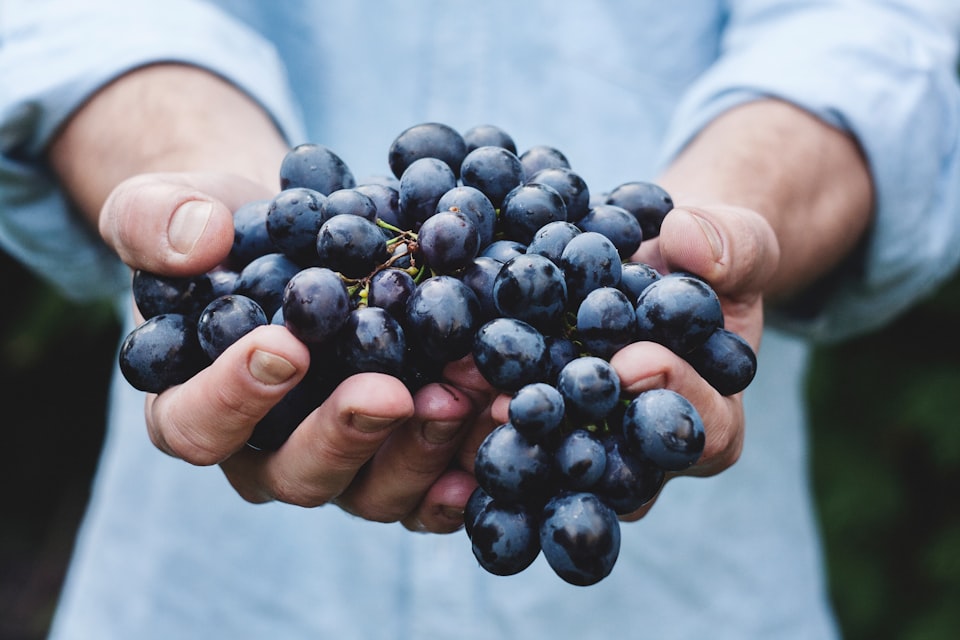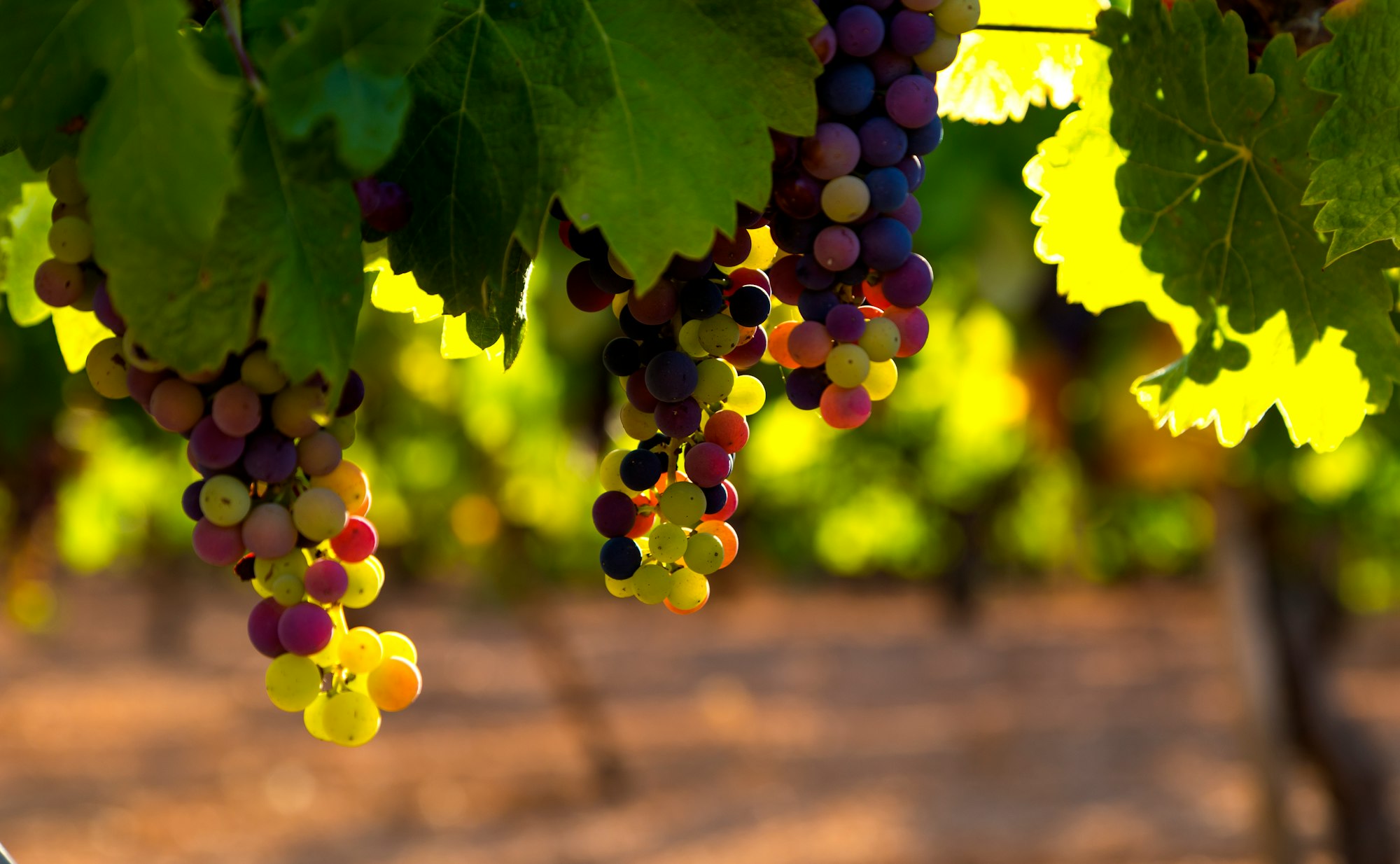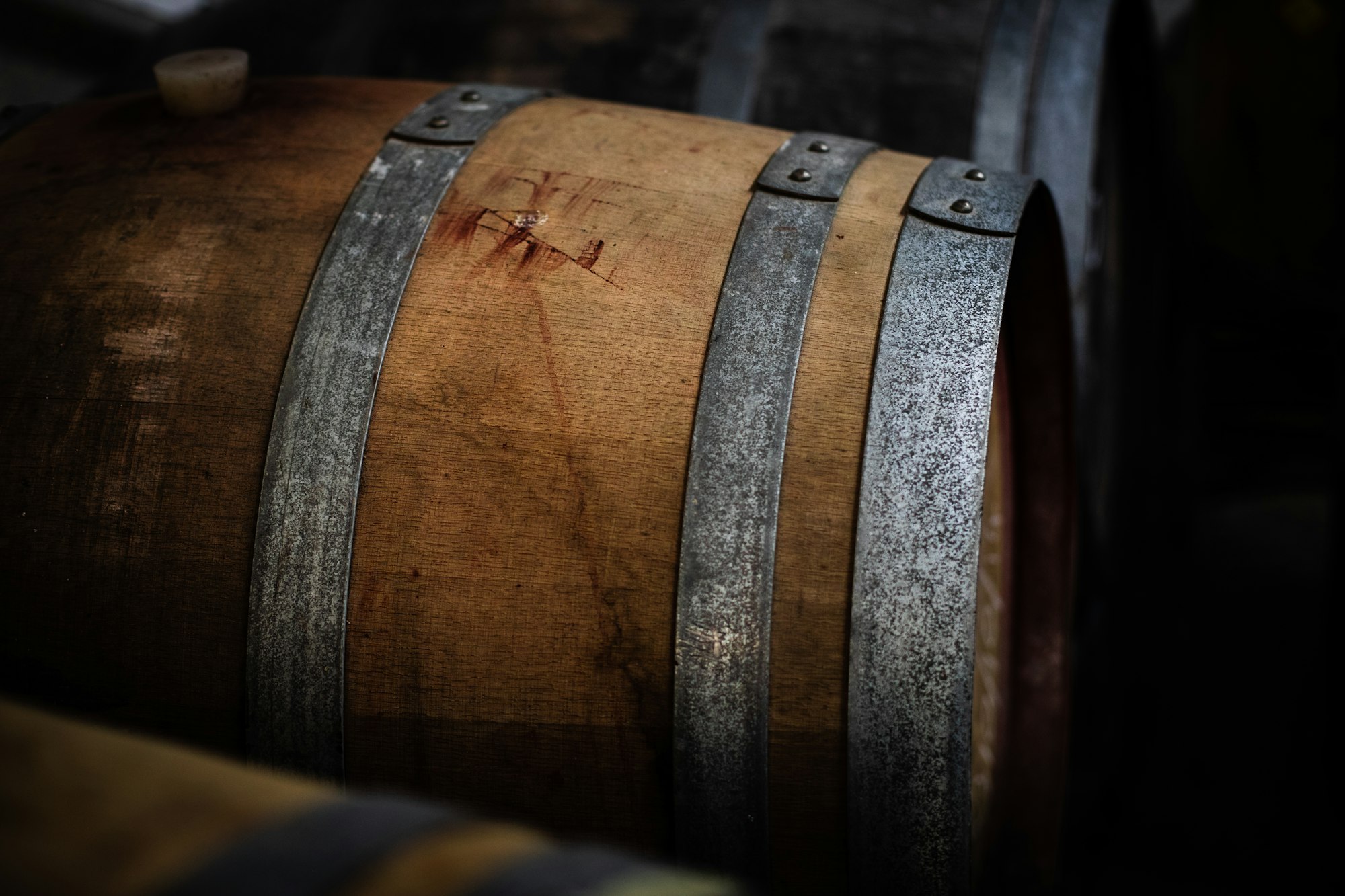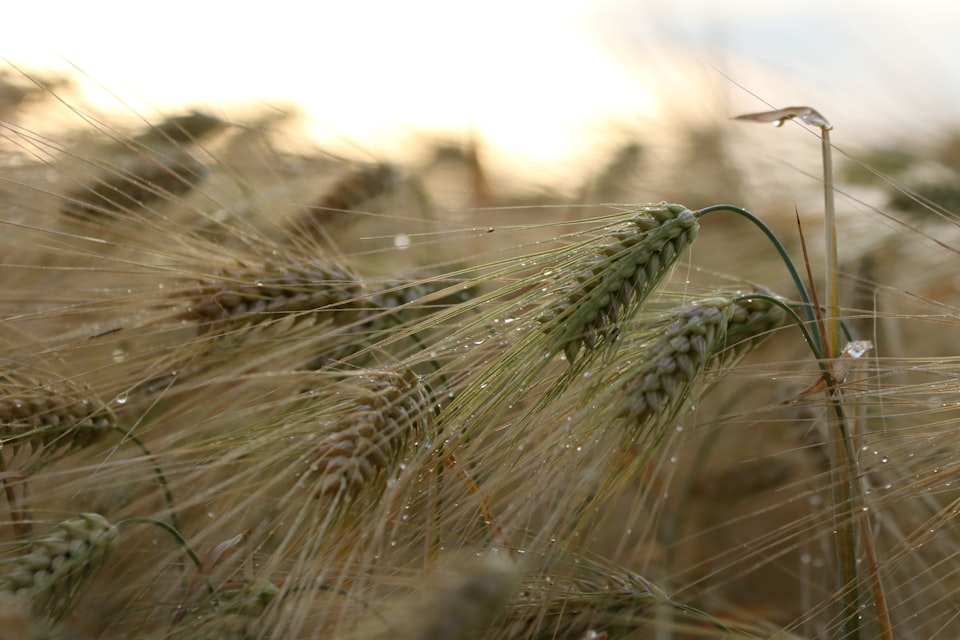Wine III: Fermentation
On the ways we do -- and don't -- need oxygen.
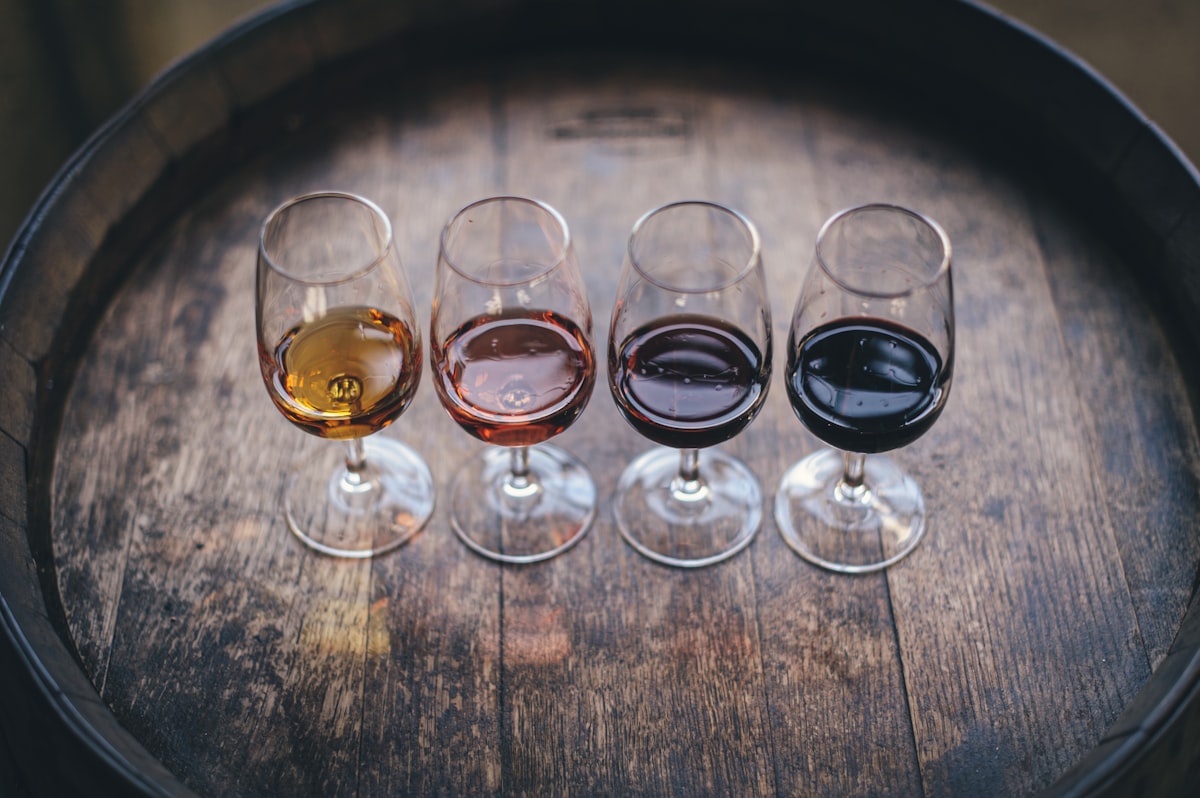
Good morning. Today begins the third décade of Vendémiaire, Year CCXXXII. It's the month of winemaking. Our theme this time is fermentation.
Fermentation is a magical process, but then again, so are all biological processes. Life itself is magic. But fermentation holds a special and dear place in our human hearts because it's responsible for the creation and storage of some of our favorite foods. Nearly anything you eat that isn't farm-fresh or preserved through freezing is safe and nutritious because some form of fermentation has made it that way. This includes not just the alcoholic beverages you're thinking of, but bread, cheese, and cured meats as well. So, like, what is it? Is it just intentionally infecting foods with yeast and bacteria? And if so, what are those yeast and bacteria doing that transforms the food?
Short answer: breathing. But they aren't breathing the way you or I do (mostly). They're doing it without oxygen. Simply put, fermentation is just a way to breathe without using oxygen.
